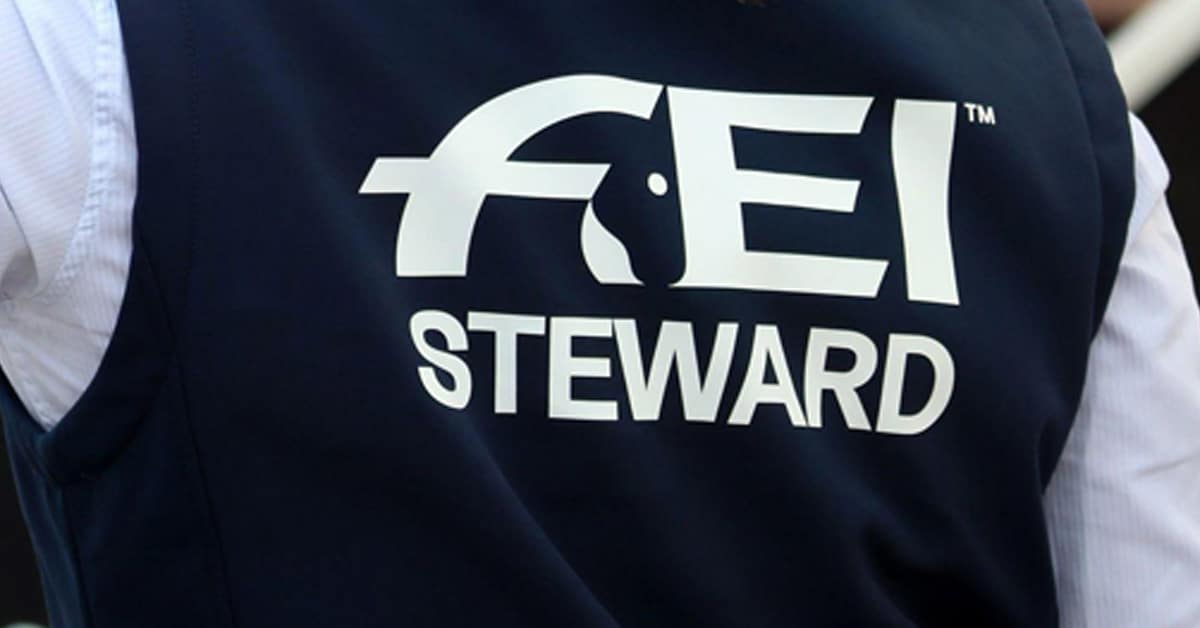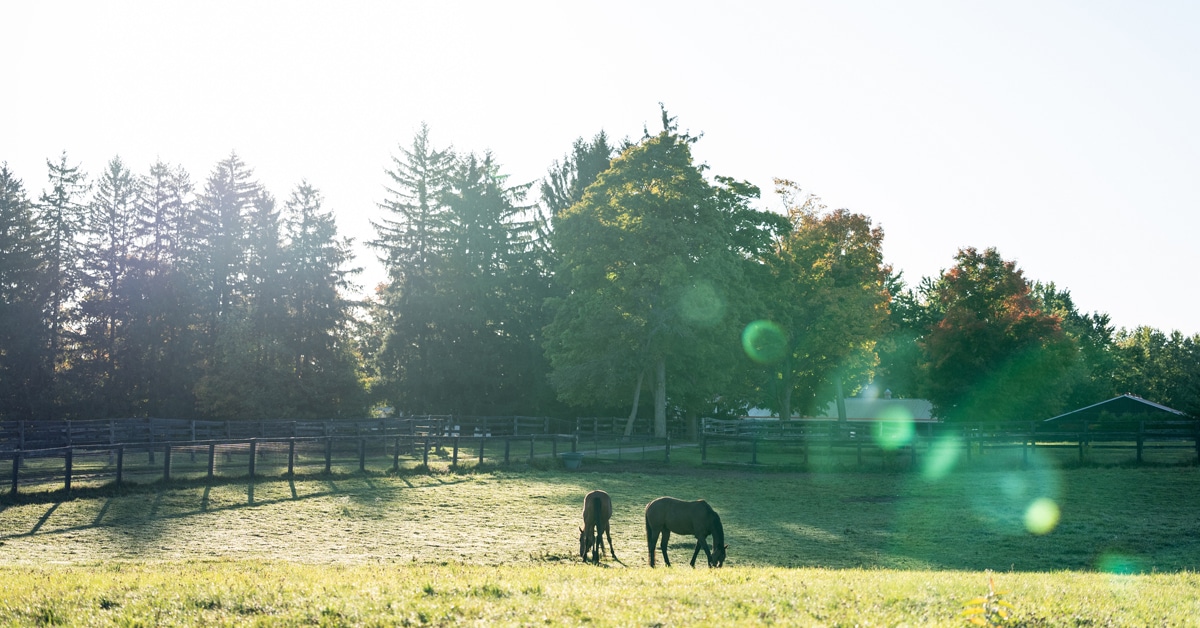As the eventing community looks to swiftly expedite changes following yet another cross-country fatality, president of the USEA, Max Corcoran, spoke following an emergency cross-country Safety Committee meeting on March 4th which included, riders, organizers, officials, paramedics, and frangible technology experts.
Two working groups are being set up. One is tasked with drawing up a list of minimum eligibility requirements for competition day. If specific standards are not met ‒ whether that is a minimum dressage score or a maximum number of show jumping rails ‒ the rider may not be allowed to continue. “Maybe it’s not your day; maybe it is not safe for that horse-and-rider combination to go on to the cross-country,” remarked Corcoran.
A second group will work on producing a system mimicking the FEI’s rider categorization; for example, a rider would need to do more training levels before they are allowed to move up to preliminary, and more prelims before advanced level can be attempted.
Corcoran also noted that officials will have the power to deputize others to apprise them of unsafe situations in the warmup areas or on course. “We can have more eyes on the ground to keep things safe.”
The installation of frangible hardware on fences, notably gates, oxers, corners and now tables, is front and centre in the discussions. But this safety technology does not come cheaply: a rough estimate of $1,000 per fence, with the truth being that likely 90% of tables may have to be rebuilt at a cost of $1,700-2,400 including materials, labour and the frangible MIM clips. If you consider that there are several tables on every prelim, intermediate, and advanced course (it is estimated close to 450 in total in the US), at roughly $2,000 per, retrofitting all the event venues could cost close to $1 million. Retrofitting can also be a challenge because many events are using tables that were built years ago that may not survive the disassemble and retrofit. The other hindrance is that tables, especially on advanced courses, are very heavy to withstand the weight of a horse stepping on them in mid-jump, which seems a bit counter-intuitive to frangible technology which demands more lightweight materials.
Here is a frangible table in action at a German event:
https://www.facebook.com/100010502325933/videos/662346410792097/UzpfSTEwMzAwNzQ5NjQ3MjAyMzoxNDcyNzIyMzk5NTAwNTE5/?comment_id=1473346962771396&comment_tracking=%7B%22tn%22%3A%22R%22%7D
and another clip of a MIM-outfitted oxer:
To help fund these changes, currently about $80,000 has been raised between two high-profile fundraising efforts – the USEA Foundation and the GoFundMe campaigns. According to USEF National Safety Officer Jon Holling, they are hoping to get it to $100,000 by the end of the Red Hills Horse Trials, March 5-8 in Tallahassee, Florida.
Eventing needs to address and improve safety for the survival of the sport, and the public’s perception and support of it. Other serious fallout includes the possibility that at some point ‒ possibly sooner than later ‒ insurance companies will stop providing coverage at these events.
More News









